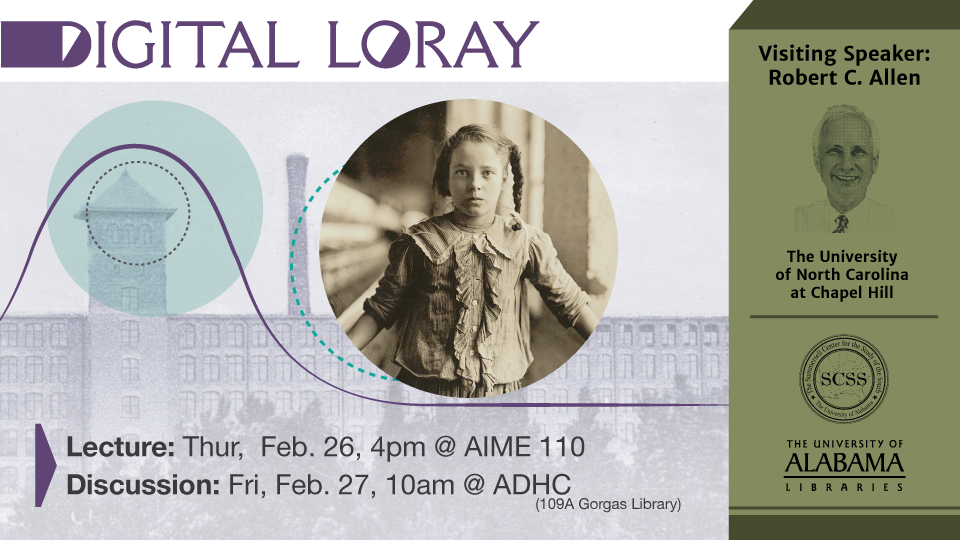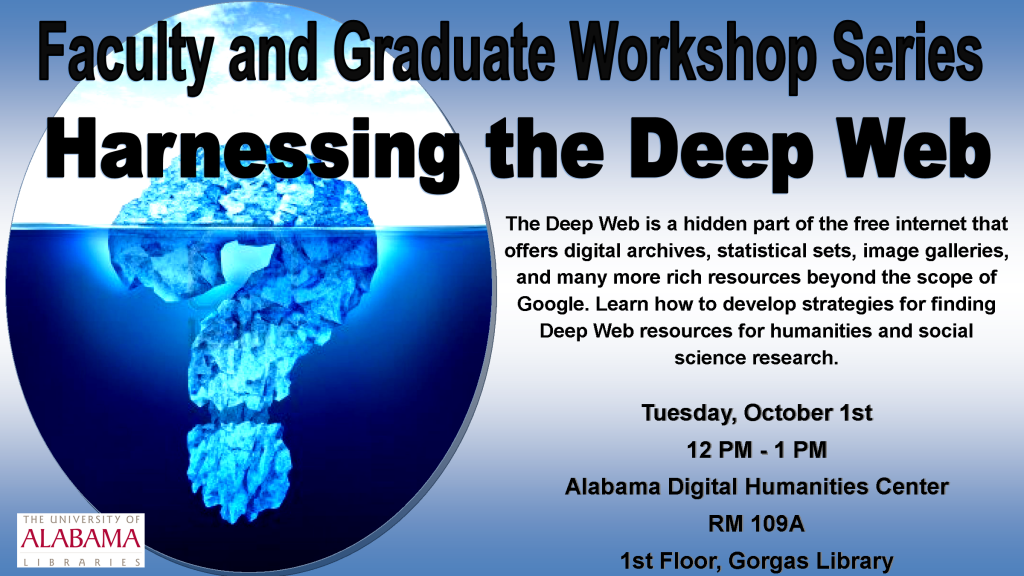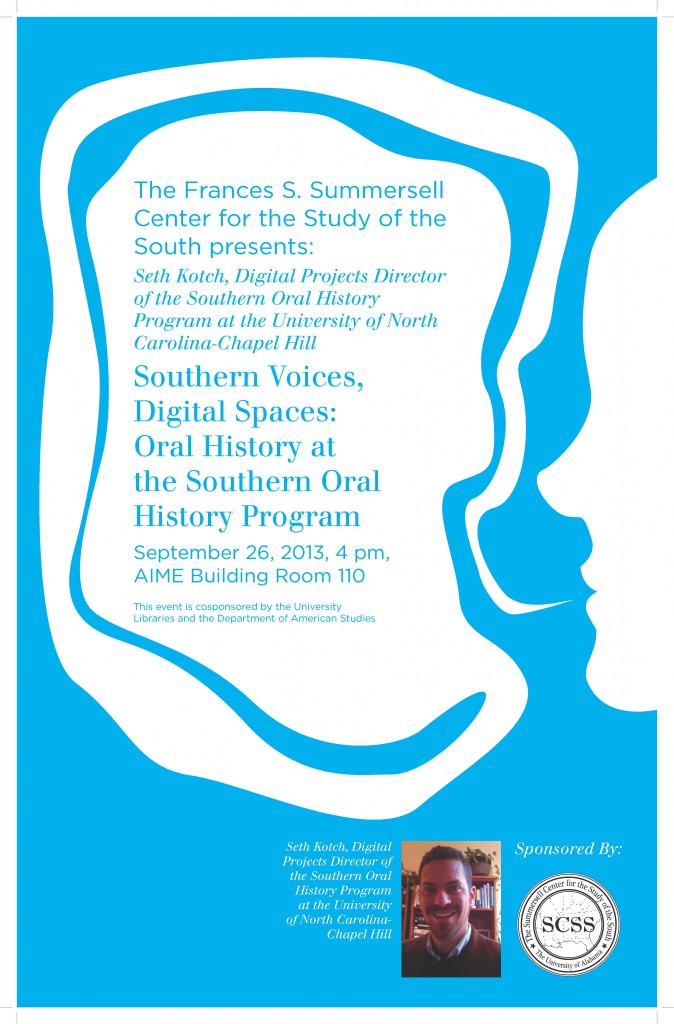This is a week to celebrate a key right we have in the use of copyrighted materials for scholarship, teaching, and learning. One way to celebrate is to understand what is allowable and then vigorously exercise that right. Fair use is one of the major limitations given in Title 17 of the United States Code on a copyright holder’s exclusive rights granted by the law.*
Definition
The United States Copyright Office states:
Fair use is a legal doctrine that promotes freedom of expression by permitting the unlicensed use of copyright-protected works in certain circumstances. Section 107 of the Copyright Act provides the statutory framework for determining whether something is a fair use and identifies certain types of uses—such as criticism, comment, news reporting, teaching, scholarship, and research—as examples of activities that may qualify as fair use. (http://copyright.gov/fair-use/more-info.html, accessed 2/15/2016)
A key phrase in this statement is “unlicensed use.” This means that, if a particular use of copyrighted material qualifies as fair use, no license, contract, agreement, third-party mediator, or subscription is necessary to legally use the material for the identified purpose. One does not have to contact the author or publisher, pay usage fees, or seek permission. If it is fair use, it is fair use!
Determination
The United States Code also identifies the methods to be applied in determining whether or not a particular use of copyrighted material constitutes fair use. Title 17, Section 107 identifies the following four factors for this process:
- The purpose and character of the use, including whether such use is of a commercial nature or is for nonprofit educational purposes;
- The nature of the copyrighted work;
- The amount and substantiality of the portion used in relation to the copyrighted work as a whole; and
- The effect of the use upon the potential market for or value of the copyrighted work.
It is important to understand that this is not a formula, but rather a process of weighing the nature of the use and its impact on the original work. When courts consider specific arguments for fair use, all four factors are considered, as well as other circumstantial, factual information related to the case.
Application
While there are not hard and fast rules that determine fair use, there is great leeway in the types of use that are, in fact, legal. The links below provide some useful commentary on navigating the fair use factors.
- Copyright Overview, Copyright & Fair Us, Stanford University Libraries (http://fairuse.stanford.edu/overview).
- Fair Use Checklist, Copyright Advisory Office, Columbia University Libraries (https://copyright.columbia.edu/basics/fair-use/fair-use-checklist.html#Fair Use Checklist).
- Fair Use Guide ( http://wiht.link/fair-use-guide).
Myths
All non-commercial use is fair use. The non-commercial use of copyrighted material is not necessarily fair use; all of the four factors must be weighed.
Making multiple copies for classroom use is illegal. Again, this is not necessarily so. This would likely be a non-commercial use in support of teaching; however, the other three factors would need to be considered in the review: the nature of the original work, how much and which parts are reproduced, and the impact the duplication has on the potential market for the work.
Go forth, and exercise your right to fair use! And remember, it is always appropriate to attribute and cite the original work.
#FairUseWeek2016
* Nothing in this post should be construed as legal advice.




